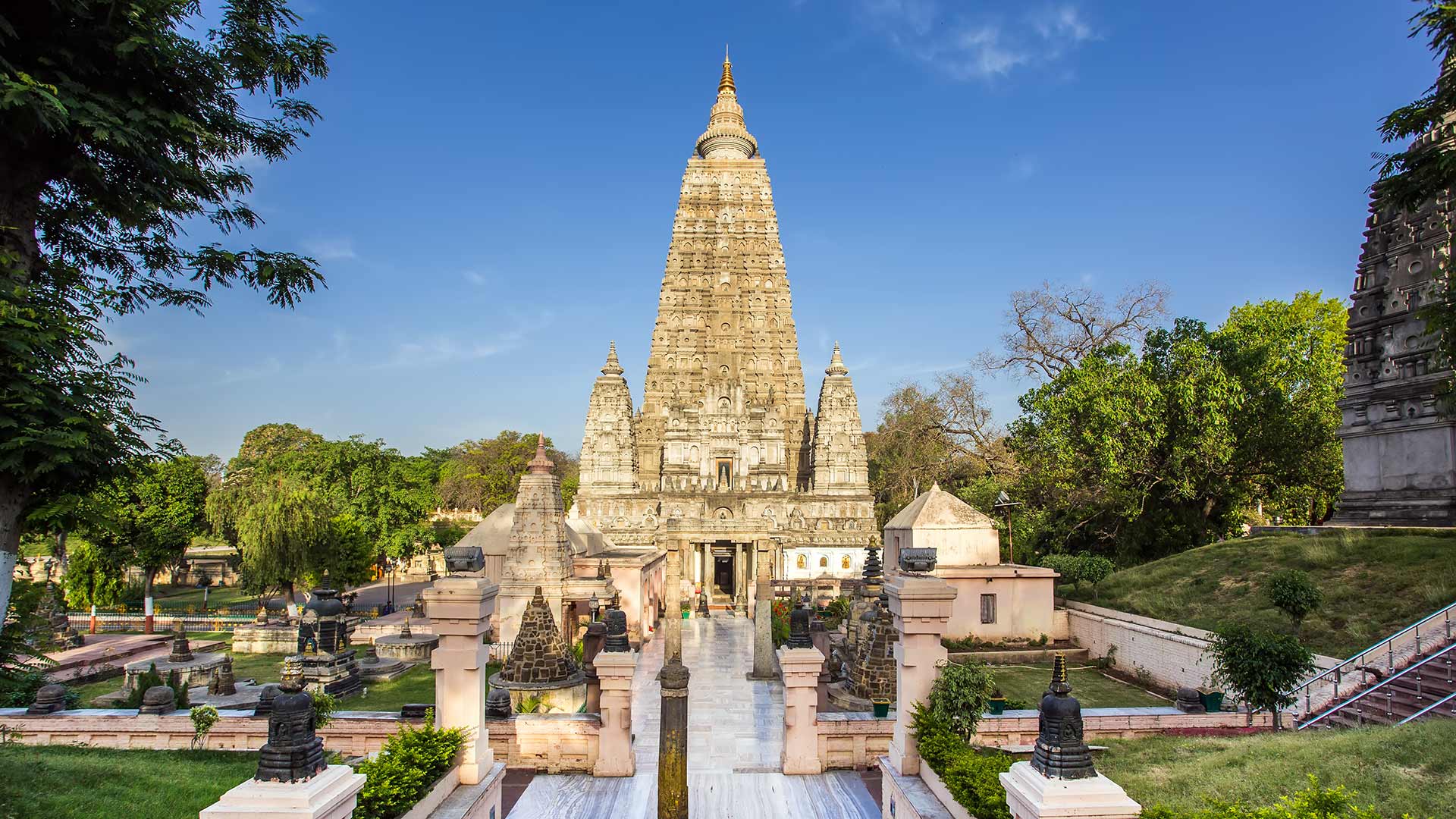OVERVIEW
India is a land deeply rooted in Buddhism, with a rich history and heritage associated with the life of Siddhartha Gautama, who later became known as Buddha. For Buddhist pilgrims and enthusiasts, the country offers a plethora of sacred sites associated with Buddha's life and teachings. In this comprehensive guide, we will explore five of India's most significant Buddhist pilgrimage sites, each holding a special place in the hearts of followers and travelers alike.
Bodh Gaya, Bihar:
Bodh Gaya is the most sacred Buddhist pilgrimage site in India, as it marks the place where Siddhartha Gautama attained enlightenment under the Bodhi Tree. The Mahabodhi Temple Complex, a UNESCO World Heritage Site, stands as a majestic symbol of devotion and faith. The Bodhi Tree in the temple complex is believed to be a direct descendant of the original tree under which Buddha meditated. The complex also houses the Vajrasana, the diamond throne where Buddha sat during his enlightenment.
Apart from the Mahabodhi Temple, pilgrims can visit the Animesh Lochana Chaiya, a spot where Buddha spent the first week in meditation after enlightenment. Additionally, the Great Buddha Statue, built by the Japanese government, is another remarkable attraction in Bodh Gaya.
Sarnath, Uttar Pradesh:
Sarnath, located near the city of Varanasi, holds immense significance as the place where Buddha delivered his first sermon after attaining enlightenment. Known as Dhammacakkappavattana Sutta or "Turning the Wheel of Dharma," this sermon laid the foundation of the Buddhist Sangha or monastic community.
The Dhamekh Stupa, an impressive cylindrical structure, is believed to mark the spot where Buddha delivered his sermon. Another important site is the Mulagandhakuti Vihara, a modern temple built by the Mahabodhi Society, which houses a golden statue of Buddha and beautiful frescoes depicting scenes from his life.
Kushinagar, Uttar Pradesh:
Kushinagar is the place where Buddha attained Parinirvana, which signifies his passing away into final nirvana after his physical death. The Mahaparinirvana Temple, with its reclining Buddha statue, stands as a poignant reminder of Buddha's ultimate liberation from the cycle of birth and death.
The Ramabhar Stupa is believed to be the cremation site of Buddha. Devotees visit this site to pay their respects and meditate on the impermanence of life. The Mathakuar Shrine is another noteworthy spot, where it is said that Buddha gave away his begging bowl before his passing.
Rajgir, Bihar:
Rajgir, nestled in the verdant hills of Bihar, holds significance as a major center of Buddhist activities during Buddha's time. The Vulture's Peak (Griddhakuta) is an iconic site where Buddha delivered some of his most profound teachings, including the Heart Sutra.
The Japanese-built World Peace Pagoda, also known as Vishwa Shanti Stupa, offers panoramic views of the surrounding landscape and serves as a symbol of peace and harmony. The Karanda Tank and Bimbisara's Jail are other sites associated with Buddha's life and teachings in Rajgir.
Nalanda, Bihar:
Nalanda is renowned for its ancient Nalanda University, a center of Buddhist learning and an intellectual hub during ancient times. It is believed that Buddha visited Nalanda several times, and many of his disciples resided here.
While the university itself is in ruins, the Nalanda Archaeological Museum houses a vast collection of artefacts and relics, providing insights into the glory days of Nalanda's intellectual legacy.
These five Buddhist pilgrimage sites in India offer an enriching and spiritually fulfilling experience for followers and travelers alike. Visiting these sacred places allows individuals to connect with the profound teachings of Buddha and gain a deeper understanding of Buddhism's impact on Indian history and culture. Remember to respect the sanctity of these sites and adhere to any rules or guidelines set forth by the authorities to ensure a meaningful and respectful pilgrimage experience.
